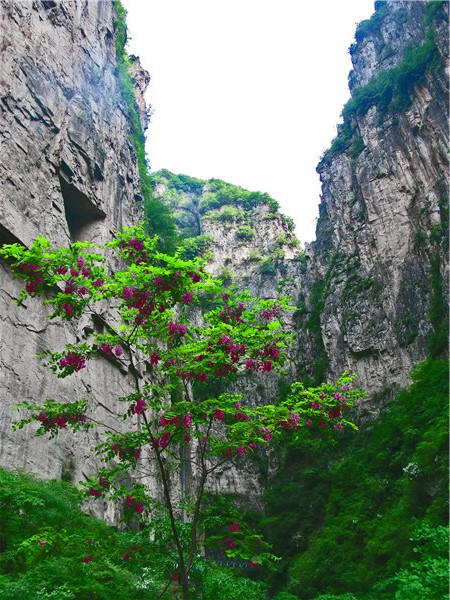 |
|
Taihang Mountains in Shanxi. [Photo by Pete Marchetto/For chinadaily.com.cn] |
Not that it was money in our present-day understanding of notes and base-metal coins. Instead, varying sizes of silver ingots served as currency and as a means of capital transfer. In a shape not dissimilar from that of the simple origami boat beloved of small children, this is the object you may see on many a Chinese souvenir stand, held aloft by the Buddha as a symbol of prosperity.
As the business grew, so the means of transfer became increasingly sophisticated. The bills of exchange took on many of the aspects we would recognize today as a check: the recipient's name, the date, amounts in columns for units, tens, hundreds and on up are instantly recognizable. The bills were even watermarked.
As an additional security measure, they were further imprinted with a code the bank would change regularly to reduce the risk of forgery still further. Li the dyer, now Li the banker, developed many ideas that are now familiar in banking the world over. In doing so, he left his earlier days as a successful dyer behind him in becoming a still more successful purveyor of financial services.
He was not without competitors. Pingyao's financial services sprouted into an industry in the town as word spread. Other towns and cities were slower to grasp the financial revolution Li had precipitated. But in Pingyao, rival exchanges were set up to spread their own branches around the country, including one founded by Li's own business partner after the two fell out over the approach the Rishengchang Exchange was taking.